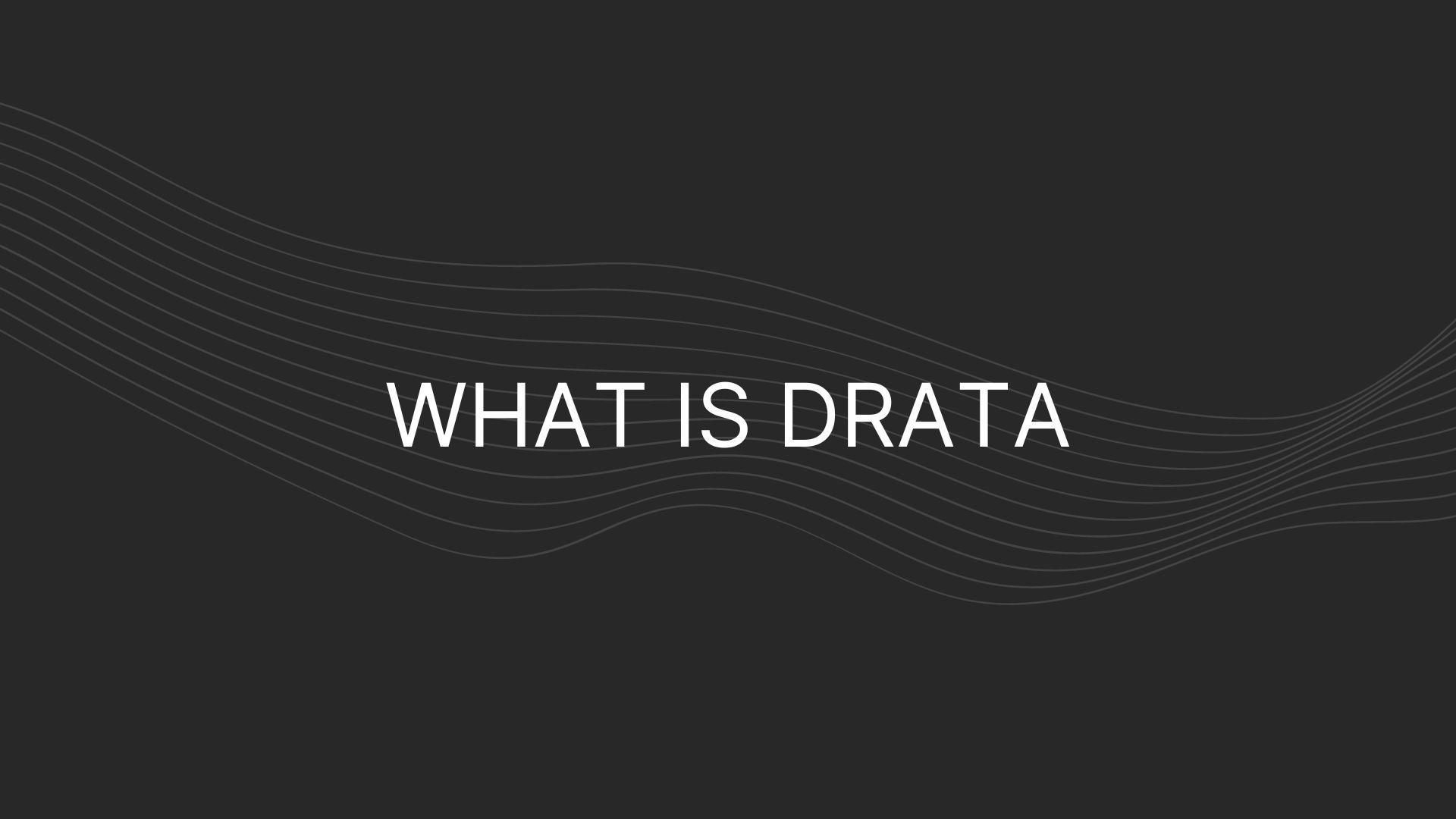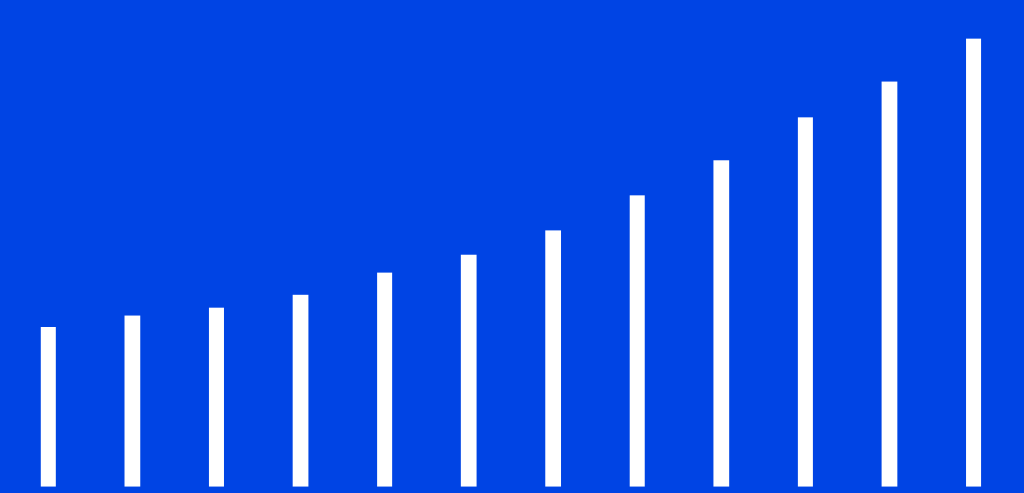Drata is a SaaS-based platform that focuses on providing clients with security and compliance solutions. With a team of highly skilled professionals and cutting-edge technology, Drata has become a leader in the field of cybersecurity and compliance management. Drata’s innovative approach to security and compliance allows businesses to simplify their compliance process and focus on their core objectives. Regardless of whether a business is looking to scale or improve upon its current compliance practices. As a whole, the SaaS platform intends to provide businesses with the peace of mind they need to succeed in today’s ever-changing digital landscape.
Drata Overview
What Is Drata Used For?
When it comes to understanding what Drata is used for, the platform intends to serve three primary use cases:
- Startups looking to become SOC 2 or ISO 27001 compliant.
- Current businesses seeking to scale their risk management and compliance programs.
- Companies that need to enhance GRC programs to automate and streamline workflows.
With respect to helping develop initial compliance strategies, the service can help startups satisfy SOC 2 or ISO 27001 requirements. Through a comprehensive compliance management platform, startups learn how to streamline processes like generating the content of disclosure or handling user requests to delete information. Thus allowing them to allocate more time to core business objectives. Not only can it help early high-growth teams with automating workflows, but it can also track compliance steps. Meaning, that they can understand what else needs to be accomplished to obtain 100% completion of compliance frameworks.
Next, Drata can help current businesses navigate the path of scaling risk management and compliance programs. The product provides both a centralized location and an extensive library of automated GRC controls to track compliance tasks. Furthermore, with customizable workflows, Drata enables businesses to create custom controls that ensure every key stakeholder is involved in the risk management and compliance workspace.
The last use case for Drata centers around assisting companies with enhancing their GRC programs. Drata’s platform includes a range of automation and integration features that enable businesses to streamline their compliance workflows, saving time and resources. It allows companies to consolidate tech stacks into one all-inclusive platform. Plus it allows businesses to create custom frameworks as they grow. So that they can map existing compliance frameworks to ensure they are building upon a strong foundation.
Who Uses Drata?
With thousands of customers currently leveraging Drata for their own compliance frameworks, the company is nothing short of helpful. Businesses such as Airbase, BambooHR, Clearbit, Fivetran, Lemonade, and Notion are just a few of the clients that Drata serves.
On a further note, Drata doesn’t have a specific subset of companies that it serves. As a whole, the SaaS service builds its client base from those that need to achieve compliance with frameworks such as SOC 2, ISO 27001, HIPAA, and GDPR. Therefore, companies residing in the following industries might benefit from Drata as a Service:
- Legal
- Finance
- Healthcare
- Technology
- Government
- E-commerce
What Does Drata Do?
The core function of Drata is simple. It is to help businesses maintain compliance and build foundational infrastructure that supports privacy. More specifically, it helps startups and large corporations alike automate evidence collection and maintain their status with popular frameworks. These frameworks might include but are not limited to:
- CCPA
- SOC 2
- GDPR
- HIPAA
- CMMC
- FFIEC
- PCI DSS
- NIST CSF
- ISO 27001
- ISO 27701
- Microsoft SSPA
- NIST SP 800-53
- NIST SP 800-171
- Plus Custom Frameworks.
With Drata’s support, companies can easily map and achieve their pathway to maintaining compliance with these 14 frameworks. Even if they need to create custom ones tailored to a niche industry. So, companies can definitely expect to receive top-tier compliance support regardless of when standards change because Drata helps to connect, configure, and comply with the right solution.
How Does Drata work?
To further understand how Drata works as a service, let’s take look at a step-by-step guide at how it might serve your needs down below.
- Onboarding: The first step to using Drata is onboarding. This involves connecting your existing tools and services to the platform, so Drata can automatically gather data and streamline your compliance and security efforts. This step requires some technical know-how, but Drata’s documentation is thorough and easy to follow.
- Continuous Monitoring: Once you’re onboarded, Drata’s continuous monitoring takes over. The platform automatically scans your systems for potential vulnerabilities and compliance issues, alerting you in real time if any issues are found. Which equates to taking action before any damage is done.
- Task Management: Drata also provides a task management system that simplifies your compliance efforts. You can assign tasks to team members, track progress, and set deadlines, all within the platform. So you can make sure that your compliance efforts remain on track and nothing falls through the cracks.
- Compliance Reporting: Drata makes compliance reporting a breeze. The platform automatically generates reports that are tailored to your specific industry and regulatory requirements. This means you can stay up-to-date with compliance requirements without spending hours on manual reporting.
- Security Assessment: Drata also provides a robust security assessment system. The platform runs a series of tests to identify potential vulnerabilities in your systems, then generates a report outlining the steps you can take to mitigate those vulnerabilities.
- Integrations: On a final note, Drata integrates with a wide range of third-party tools and services, so you can customize the platform to your specific needs. From security tools to accounting software, Drata has you covered.
Drata boasts its simple and user-intuitive interface that is packed with robust features. Making it easy for businesses to stay up-to-date with regulatory requirements and mitigate potential security risks. This supports the evidence that Drata has quickly become a go-to solution for businesses looking to streamline their compliance efforts.
Drata Features
Since Drata is a comprehensive compliance management application, it offers a number of features to ensure that businesses meet their respective framework requirements. Through features like auditing, risk scoring, and compliance monitoring, teams no longer have to be compliance experts. They can let Drata do the work for them while they dedicate their time to more important tasks.
| Governance | Auditing |
| Access Control | Risk Scoring |
| Compliance Monitoring | Workflow Management |
What Does Drata Integrate With?
To power deep automation, Drata offers companies the ability to natively integrate with 75+ applications. With the potential to integrate with apps like ADP, Zoho, AWS, Microsoft Office, Salesforce, and more, teams can unlock the complete power of compliance automation. Even more so, they can build a comprehensive tech stack that allows them to continuously monitor performance.
For a complete list of Drata integrations, visit their website. From there, you will be able to search and filter for integrations in accordance with categories like SSO, HRIS, and more.
Who Are Drata’s Competitors And Alternatives?
Even though Drata is a widely used SaaS platform, there are many other software solutions that compete with it. If you are looking for alternatives or competitors to Drata, we have got you covered. Take a look below at a compilation of popular alternatives to the compliance management system
- Vanta: Conducts hourly checks to ensure your business remains SOC 2, ISO 27001, or PCI compliant.
- Secureframe: All-in-one security solution for companies looking to automate their compliance growth.
- Scrut Automation: Helps businesses prepare for compliance auditing at a large scale.
- Sprinto: Supports cloud-based platforms with their initiative to increase infosec accessibility.
- AuditBoard: Develops risk architecture to unite a company’s risks, policies, frameworks, and more.
Drata Pricing
For more information about pricing with Drata, the team encourages interested parties to schedule a demo. By visiting their website, businesses can select ‘Get Started’ and proceed to fill out a form. You will be required to fill out your company name, email, number of employees, how you found out about Drata, and which compliance frameworks you need assistance with. After completing the form, you can expect an email from the platform’s sales teams within 3-5 business days to schedule a demo.
| Pricing: | Schedule a demo. |


